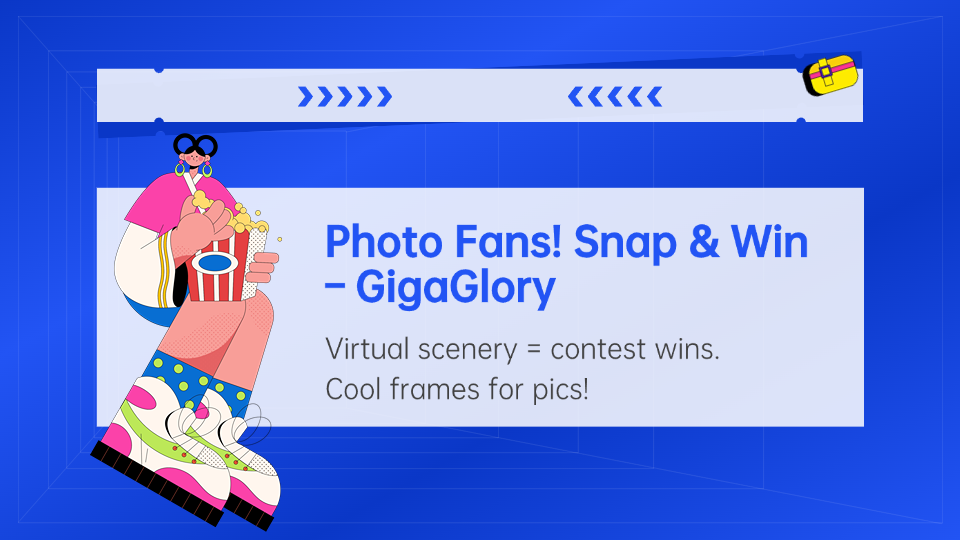Why Hyper Casual Games Are Revolutionizing the Gaming Industry: A Deep Dive
Hyper casual games have taken the gaming world by storm, transforming how we think about mobile gaming. These simple, engaging, and often free-to-play games are not just a trend; they signify a shift in the industry. Let’s unpack why hyper casual games are becoming such a significant aspect of the gaming landscape, particularly focusing on their design, accessibility, and what that means for players and developers alike.
Understanding Hyper Casual Games
At their core, hyper casual games are all about instant fun. They're designed to be easy to pick up and play without extensive tutorials or backstories. Think of titles like Flappy Bird or Helix Jump, which simplify gaming and prioritize immediate satisfaction. But what exactly are the elements that make them so appealing?
Key Features of Hyper Casual Games
- Simplicity: The gameplay mechanics are straightforward, allowing anyone to jump right in.
- Short Play Sessions: Perfect for on-the-go gaming, a hyper casual game can be enjoyed for a few minutes or hours.
- Free-to-Play Model: Many of these games are available at no cost, monetizing instead through ads or in-game purchases.
The Rise of Mobile Gaming
The rise of smartphones has made gaming more accessible than ever. Without the need for expensive consoles or PCs, players can enjoy games anywhere, anytime. Hyper casual games benefit from this trend, allowing them to capture a broad audience. Players can download and uninstall games quickly based on whether they find them engaging.
The Player Demographics
Who plays these games? It’s surprisingly diverse! Hyper casual titles attract players of all ages, backgrounds, and gaming experiences. Thanks to their accessibility, even those who have never played video games before find these titles engaging. According to stats, a significant portion of players are over the age of 35, challenging the stereotype that gaming is primarily for the younger demographic.
Designing for Engagement
Hyper casual games prioritize engagement. Developers often employ compelling visual designs, straightforward mechanics, and enticing reward systems. Let's break it down:
- Visual Appeal: Bright colors and simple graphics keep players interested without overwhelming them.
- Quick Feedback: Gamers receive instant feedback on their performance, which can enhance motivation to play.
- Reward Structures: Frequent rewards, be it through levels, points, or unlocking features, keep players coming back.
Revenue Models: Ads vs. In-App Purchases
Hyper casual games usually rely heavily on advertising revenue. As players often play for short bursts, developers can serve ads quickly without interrupting gameplay. Here's a simple breakdown:
| Revenue Model | Description | Pros | Cons |
|---|---|---|---|
| Ads | Displaying ads between levels or as pop-ups | High revenue potential, easy to implement | Can annoy players, impacting retention |
| In-App Purchases | Offering players the chance to buy upgrades or remove ads | Can enhance the gaming experience, generating direct revenue | May result in spending reluctance from players |
Trends in Game Development
Developers are constantly innovating within the hyper casual genre. Here are some notable trends:
- Incorporating AR: With devices becoming more capable, augmented reality elements are sneaking into games.
- Seasonal/Thematic Updates: Frequent updates keep games fresh and players engaged.
- Cross-Platform Play: Allowing players to compete across different devices enhances reach.
Impact on the Gaming Community
The growth of hyper casual games has created new communities. Players share tips, techniques, and even lift each other up in competing for high scores. Meanwhile, developers often keep their ear to the ground, listening to community feedback for improvement.
Challenges Ahead
Despite their successes, hyper casual games face several challenges. The market has become saturated, making it difficult for new titles to stand out. Additionally, as players grow accustomed to simplicity, there's a risk that they may soon tire of these games.
The Clash of Clans Best Layouts: A Case Study
While hyper casual games often focus on quick, simple gameplay, games with more depth, like Clash of Clans, provide a different dimension. Players invest time developing strategies, including the best layouts for their bases. This strategy-driven play provides a contrast to the immediate gratification sought in hyper casual offerings.
Why the Future is Bright for Hyper Casual Games
Given their widespread appeal and the ease of access, hyper casual games are undoubtedly changing the gaming landscape. As more players pick up their phones to play, the potential for innovation and revenue growth is significant. Developers who can capture the essence of fun without the frills are set to thrive.
Conclusion
In summary, hyper casual games are not just a passing fad; they represent a new era in the gaming industry. With their straightforward design, broad demographics, and potential for massive revenue, these games are revolutionizing how we approach gaming. As the industry continues to evolve, it will be fascinating to see how these seemingly simple games shape the future of entertainment. So, whether you're into building formidable empires in Clash of Clans or just having quick fun with a hyper casual game, there’s something for everyone in this expanding universe.



